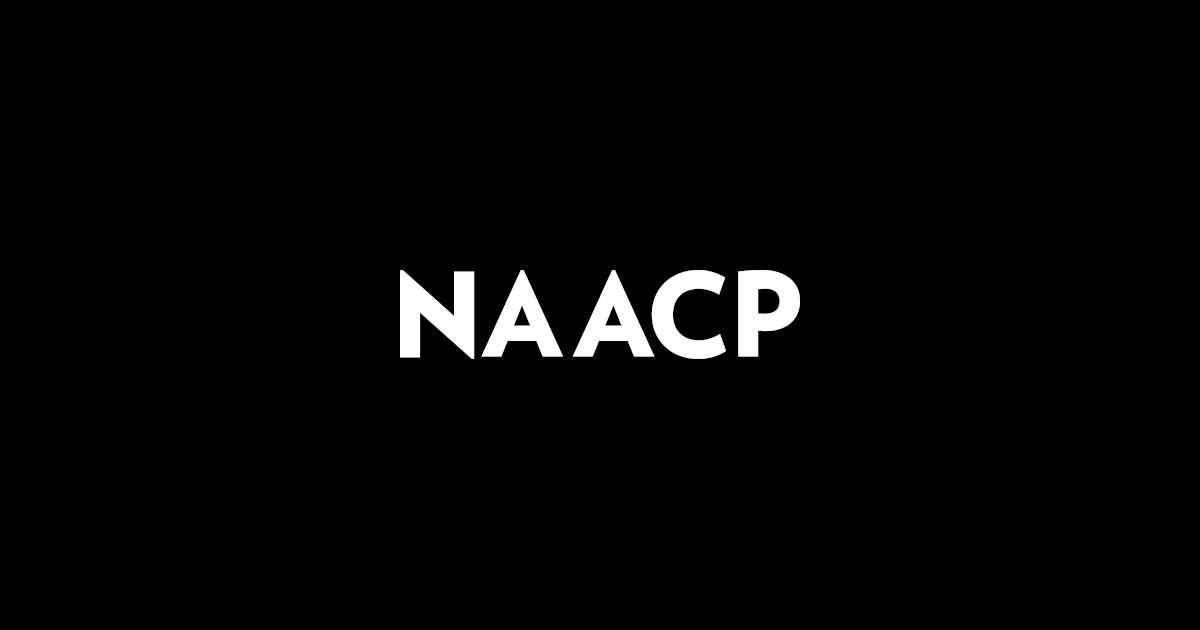The Coming Wave of Child Influencer Regulation – Tech Policy Press

Report on the Protection of Child Influencers and Alignment with Sustainable Development Goals
Introduction: Digital Labor and the Imperative for Sustainable Development
The emergence of child and family influencers has created a new form of digital labor, raising urgent questions about the legal and ethical protections for minors whose childhoods are monetized. This phenomenon directly intersects with several United Nations Sustainable Development Goals (SDGs), particularly SDG 8 (Decent Work and Economic Growth) and SDG 16 (Peace, Justice and Strong Institutions). While early 20th-century laws like the Coogan Law protected child actors, the definition of work has evolved, necessitating new legal frameworks to safeguard the financial interests and digital autonomy of child content creators. This report analyzes the problems arising from this new industry and the legislative responses aimed at aligning this sector with principles of sustainable and ethical development.
The Problem: Exploitation and Violations of Child Rights
Financial and Psychological Harm
The commercialization of childhood content presents significant risks, including financial exploitation and severe psychological harm. High-profile cases, such as those involving Ruby Franke and Tiffany Smith, document extreme instances of child abuse and exploitation conducted for monetized content. These actions represent a profound violation of child rights and stand in direct opposition to SDG 16.2, which calls for an end to abuse, exploitation, and all forms of violence against children. Beyond extreme cases, the constant publicizing of a minor’s life can have a substantial negative impact on their emotional and psychological development, undermining progress towards SDG 3 (Good Health and Well-being).
Issues of Consent and Labor
A central challenge is the blurred line between family life and professional work, making it difficult for minors to provide informed consent, particularly when parents manage their accounts and produce the content. This dynamic creates a modern form of child labor that requires urgent attention to meet the targets of SDG 8.7, which aims to eradicate forced labor and end child labor in all its forms by 2025. Key questions regarding consent, privacy, and pressure to perform remain largely unaddressed without formal protections.
Legislative Responses and Alignment with SDG 16
In response to these challenges, several U.S. states have begun to enact legislation, building the “strong institutions” required by SDG 16 to protect vulnerable populations. These laws represent a critical step in recognizing digital content creation as formal work and ensuring children’s rights are upheld.
Pioneering Legislation in Illinois
In 2023, Illinois became the first state to pass a law (SB 1782) specifically protecting child influencers. This legislation updates child labor laws to address the digital age and supports SDG 8 by ensuring fair compensation and decent work conditions. Its key provisions include:
- Formally establishing vlogging as a form of work for minors.
- Requiring parents or guardians to maintain detailed records of a child’s participation in monetized content.
- Mandating the establishment of a trust fund to set aside a percentage of earnings for the minor.
Subsequent State-Level Actions
Following Illinois’ lead, other states have introduced similar protections, though with notable variations:
- Minnesota (H3488): This law mirrors the Illinois model but adds two distinctions. It prohibits minors under 14 from this work and includes a “right to be forgotten” clause. This clause allows an adult who was featured as a minor to request the deletion of that content, providing a mechanism for justice that aligns with SDG 16.3 (promote the rule of law and ensure equal access to justice).
- California (SB764): The law is similar to that of Illinois, primarily differing in the percentage of earnings required to be set aside in the minor’s trust account.
- Utah (HB322): This law requires trust fund accounts only after an account holder has generated at least $150,000 in revenue. This high threshold may leave children of less-established creators without financial protection, highlighting a potential gap in achieving universal protections envisioned by the SDGs.
A Multi-Stakeholder Approach to Sustainable Solutions
While legislation is a foundational step, a comprehensive solution requires a multi-stakeholder approach to fully address the complexities of child influencing and achieve related SDG targets. Preventing exploitation begins before content is ever uploaded and involves shared responsibility.
Recommended Actions for Key Stakeholders
To create a safe and ethical environment for child influencers, the following actions are necessary:
- Policymakers: Must continue to pass and refine effective laws that establish content creation as work, ensure fair compensation, and provide legal recourse for individuals to control their digital footprint. This work is fundamental to upholding SDG 16.
- Technology Platforms: Have a corporate responsibility to promote a safe environment. They should design conspicuous and easy-to-use privacy settings and actively promote best practices for featuring minors, contributing to the well-being targets of SDG 3.
- Parents and Families: Must prioritize the child’s best interest by seeking consent, staying educated on privacy implications, and utilizing the highest privacy settings available. This parental duty of care is a cornerstone of protecting children’s rights.
Conclusion: Prioritizing the Best Interest of the Child
Ultimately, all efforts must be guided by the best interest of the child, considering their long-term emotional, psychological, and financial well-being. Protecting child influencers is a critical component of ensuring that the growth of the digital economy is inclusive, just, and does not compromise the rights and welfare of children. This aligns with the central promise of the 2030 Agenda for Sustainable Development to “leave no one behind.”
1. Which SDGs are addressed or connected to the issues highlighted in the article?
SDG 8: Decent Work and Economic Growth
- The article directly connects to SDG 8 by discussing the emergence of child influencing as a new form of labor. It highlights how states like Illinois are updating child labor laws to “establish vlogging as work” and ensure financial protection for minors who are often the “breadwinners of their families.” This addresses the need for decent work conditions and economic rights for a new category of child workers.
SDG 16: Peace, Justice and Strong Institutions
- This goal is relevant through its focus on ending abuse, exploitation, and violence against children (Target 16.2) and developing effective, accountable institutions and laws (Target 16.3). The article details “disturbing abuse” and “extreme cases of exploitation” (e.g., Ruby Franke, Tiffany Smith). It then describes the legislative response, with states passing laws like Illinois’ SB 1782 and Utah’s HB322 to provide legal recourse and protection, thereby building stronger institutional frameworks to safeguard children.
SDG 3: Good Health and Well-being
- The article touches upon SDG 3 by emphasizing the mental and emotional health of child influencers. It notes that sharing a minor’s content can have a “substantial impact on their emotional wellbeing” and raises concerns about the pressure kids feel. The concluding advice to “consider what is in the best interest of the child, both their emotional and psychological wellbeing” directly aligns with promoting mental health and well-being.
2. What specific targets under those SDGs can be identified based on the article’s content?
SDG 8: Decent Work and Economic Growth
- Target 8.7: “Take immediate and effective measures to eradicate forced labour, end modern slavery and human trafficking and secure the prohibition and elimination of the worst forms of child labour… and by 2025 end child labour in all its forms.”
- The article’s discussion of categorizing child influencing as “work” and protecting minors from financial exploitation directly relates to eliminating exploitative forms of child labor. The new laws are a measure to regulate this new form of work and prevent exploitation.
SDG 16: Peace, Justice and Strong Institutions
- Target 16.2: “End abuse, exploitation, trafficking and all forms of violence against and torture of children.”
- This target is identified through the article’s explicit examples of “recorded child abuse to financial exploitation” in the cases of Ruby Franke and Tiffany Smith. The laws being passed are a direct response to prevent such exploitation and abuse of children in the context of online content creation.
SDG 3: Good Health and Well-being
- Target 3.4: “By 2030, reduce by one third premature mortality from non-communicable diseases through prevention and treatment and promote mental health and well-being.”
- The article connects to the “promote mental health and well-being” aspect of this target. It questions the pressure children feel and highlights the need to consider the “emotional and psychological wellbeing” of the child, as well as the future impact of publicizing their personal lives.
3. Are there any indicators mentioned or implied in the article that can be used to measure progress towards the identified targets?
Indicators for SDG 8, Target 8.7
- Legislative Frameworks: The number of states that have passed laws to regulate child influencing as labor. The article names Illinois, Minnesota, Montana, California, and Utah as states that have already passed such laws.
- Financial Protection Mechanisms: The establishment and specifics of trust fund accounts. The article indicates progress can be measured by the percentage of revenue required to be set aside for the minor, noting that California’s law “mirrors Illinois’ with a small difference in the required percentage.”
Indicators for SDG 16, Target 16.2
- Legal Recourse for Victims: The inclusion of a “right to be forgotten” clause in legislation. The article points to Minnesota’s law, which “allows an adult who was featured in content as a minor to request that the account holder remove that content,” as a measurable indicator of providing agency and recourse to victims of past exploitation.
- Industry Self-Regulation: The adoption of best practices by tech platforms. The article suggests measuring progress by whether platforms “make privacy settings easy to use, conspicuous, and promote best practices for featuring minors on their services,” citing YouTube’s guidance as an example.
Indicators for SDG 3, Target 3.4
- Practice of Consent: The rate at which families and content creators seek consent from minors before posting. The article proposes that “Families should ask consent from minors before uploading” as a key practice to protect a child’s well-being and autonomy.
- Adoption of Privacy Measures: The utilization of high privacy settings for content featuring minors. The article suggests that families should “utilize the highest privacy settings if content will ultimately be shared,” which can serve as a practical indicator of safeguarding a child’s emotional well-being from the pressures of public exposure.
4. Table of SDGs, Targets, and Indicators
| SDGs | Targets | Indicators |
|---|---|---|
| SDG 8: Decent Work and Economic Growth | 8.7: End child labour in all its forms. |
|
| SDG 16: Peace, Justice and Strong Institutions | 16.2: End abuse, exploitation, trafficking and all forms of violence against and torture of children. |
|
| SDG 3: Good Health and Well-being | 3.4: Promote mental health and well-being. |
|
Source: techpolicy.press

What is Your Reaction?
 Like
0
Like
0
 Dislike
0
Dislike
0
 Love
0
Love
0
 Funny
0
Funny
0
 Angry
0
Angry
0
 Sad
0
Sad
0
 Wow
0
Wow
0












































































